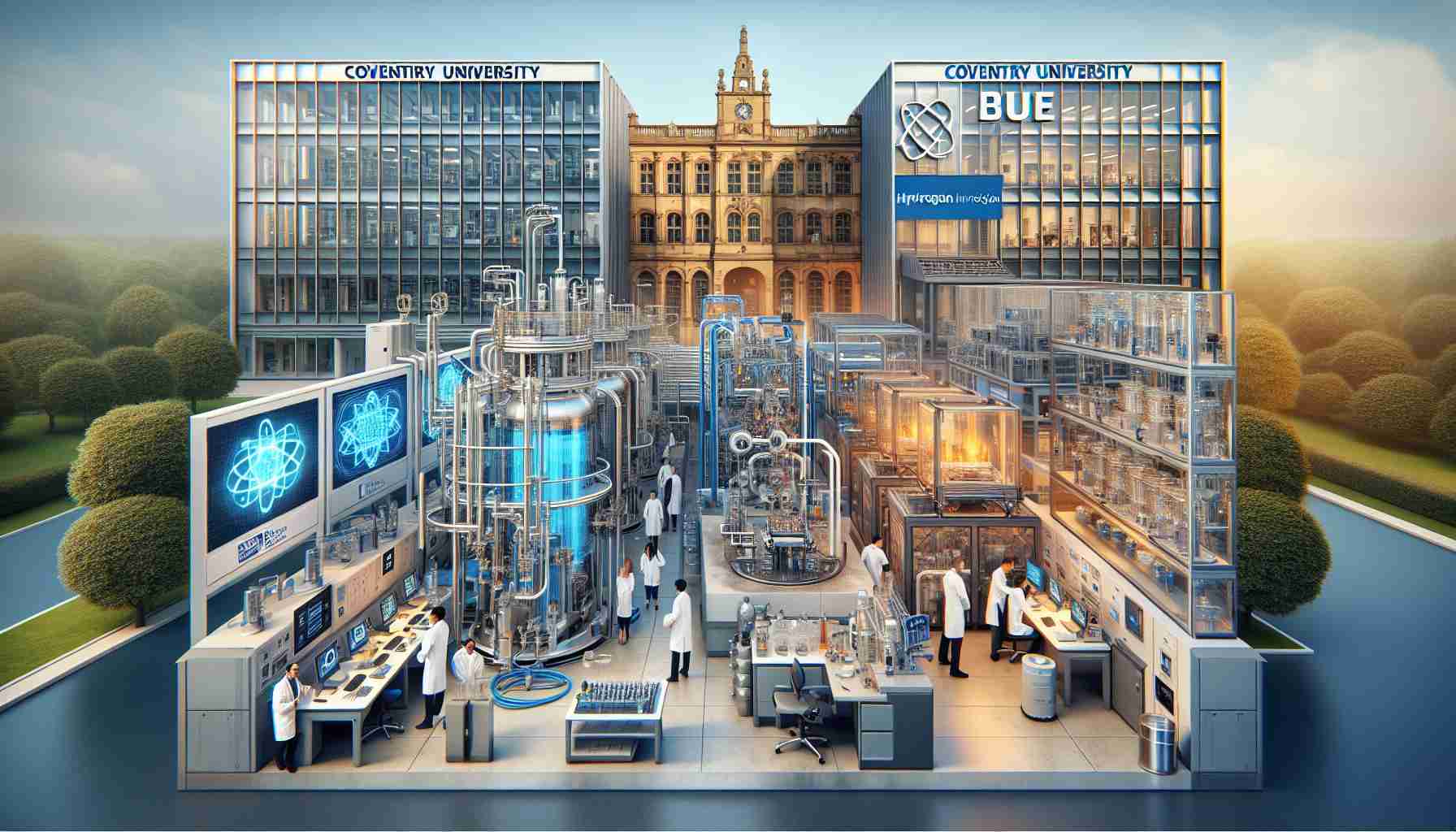- Astronauts on China’s Tiangong space station have successfully implemented artificial photosynthesis.
- This innovative method converts carbon dioxide and water into breathable oxygen and rocket fuel.
- The process uses advanced semiconductor catalysts, requiring only one-third of the energy compared to traditional methods.
- Successful experiments included carbon dioxide conversion at room temperature in the microgravity environment.
- The technology paves the way for sustainability in space exploration, enabling the generation of essential resources on-demand.
- China aims for significant lunar milestones, including a landing by 2030 and a Moon base by 2035.
- This advancement is crucial for long-term human habitation on the Moon and Mars.
In a groundbreaking venture, astronauts aboard China’s Tiangong space station have harnessed the magic of artificial photosynthesis, turning carbon dioxide and water into vital resources like breathable oxygen and rocket fuel. This cutting-edge technology mimics how plants transform sunlight into energy, using advanced semiconductor catalysts to improve energy efficiency in the harsh environment of space.
Unlike traditional methods such as electrolysis, which guzzle power on the International Space Station, this new technique demands only one-third of the energy, showcased through a series of 12 successful experiments conducted in a specially designed apparatus. The astronauts achieved significant milestones, including the conversion of carbon dioxide at room temperature—a feat made possible by their ability to precisely control gas and liquid flows in microgravity.
This innovation opens the door to producing various substances, from ethylene to potential fuels like methane, paving the way for self-sufficient space missions. Imagine a future where astronauts can generate their own oxygen and fuel right where they are, making long-term human habitation on the Moon and Mars a tangible reality.
China has ambitious plans, aiming for a lunar landing by 2030 and a base near the Moon’s south pole by 2035. As experts affirm, this revolutionary step not only enhances life-support systems but also brings humanity closer to sustainable living among the stars. With these advancements, the dream of thriving in space is inching ever closer!
Revolutionizing Space Exploration: The Future of Artificial Photosynthesis
Groundbreaking Advances in Artificial Photosynthesis
Recent developments aboard China’s Tiangong space station have spotlighted the potential of artificial photosynthesis in transforming life-support systems for space missions. This innovative technology adeptly converts carbon dioxide and water into essential resources such as breathable oxygen and fuel, closely resembling the natural processes of plants.
What sets this technology apart is its remarkable energy efficiency. Unlike traditional electrolysis methods utilized on the International Space Station, which can be energy-intensive, this new system operates on just one-third of the energy, underlining its practicality for use in the confined and resource-limited environment of space.
Key Features of the Technology
– Energy Efficiency: Requires only a third of the energy compared to electrolysis.
– Room Temperature Conversion: Achieves carbon dioxide conversion at room temperature by managing gas and liquid flow precisely in microgravity.
– Versatility: Capable of producing a variety of substances, including ethylene and fuels like methane.
Use Cases in Space Exploration
The implications of this technology are profound. It paves the way for self-sustaining missions where astronauts can produce vital supplies directly on-site, supporting long-term human presence on the Moon and Mars. This autonomy significantly enhances mission feasibility given the extensive duration of human exploration beyond Earth.
Limitations and Future Considerations
While promising, the technology does come with challenges. The effectiveness of the system under varying environmental conditions in space needs thorough testing to ensure reliability during long-duration missions. Moreover, scaling the technology for larger production capacities necessary for significant missions remains an essential factor to consider.
Predictions and Market Insights
Industry experts predict that advancements in artificial photosynthesis will not only drive space exploration but will also influence sustainability efforts on Earth. As knowledge in this field expands, hybrid systems that integrate terrestrial uses could emerge, aiming to combat climate change by reducing dependency on fossil fuels.
—
Frequently Asked Questions
1. What are the potential benefits of artificial photosynthesis for long-term space missions?
The primary benefits include the ability to generate oxygen and fuel autonomously, reducing the need for resupply missions and enabling sustainable living conditions for astronauts during extended periods away from Earth.
2. How does this technology compare to existing methods like electrolysis?
This artificial photosynthesis method is significantly more energy-efficient, requiring only a third of the power consumed by traditional electrolysis techniques, thus making it more viable for operation in the energy-limited environments of space.
3. Can artificial photosynthesis be applied to sustainability efforts on Earth?
Yes, the principles behind artificial photosynthesis have the potential to be adapted for use on Earth, encouraging renewable energy production and aiding in carbon capture efforts, thus contributing to global sustainability initiatives.
Related Links
For further insights on sustainability and space exploration technologies, visit NASA or ESA.

















